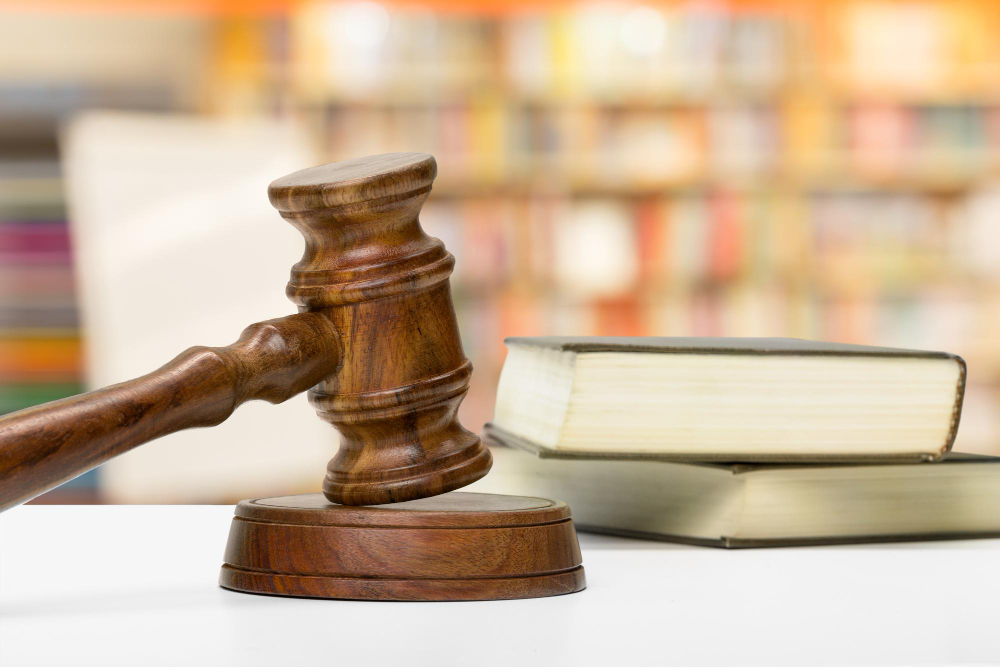
Introduction
In the realm of legal proceedings, appeals serve as a crucial mechanism for parties dissatisfied with lower court decisions to seek review and potential reversal of judgments. The Civil Procedure Code (CPC) in India provides for a hierarchical structure of appeals, culminating in the Second Appeal, a significant recourse for litigants aggrieved by the decisions of appellate courts.
First Appeal and Second Appeal: An Overview
To comprehend the significance of Second Appeals, it’s pivotal to grasp the interplay between First Appeals and Second Appeals within the framework of the CPC. The process initiates with a First Appeal, typically filed against the decree or order passed by the trial court. Parties unsatisfied with the outcome of the First Appeal can then progress to the Second Appeal, seeking redressal in the higher judiciary.
Section 100: The Crux of Second Appeal under CPC
Section 100 of the CPC lays down the criteria and conditions for filing a Second Appeal. It delineates the grounds on which such an appeal can be entertained by the higher courts. This section primarily focuses on substantial questions of law, setting a threshold for the appeal to be considered. It’s imperative for the appellant to demonstrate that a substantial question of law is involved, rather than contesting the factual aspects of the case.
The term “substantial question of law” implies a significant question that affects the rights of the parties involved. It necessitates the interpretation of a legal provision or principle, the application of law to specific facts, or the determination of an unsettled legal issue of public importance. Mere errors in the appreciation of evidence or factual determinations generally do not fall under the ambit of a Second Appeal unless they directly relate to a substantial question of law.
Procedural Aspects and Limitations
Filing a Second Appeal mandates adherence to procedural requirements outlined in the CPC. Timely filing, compliance with statutory limitations, and presenting a concise and clear statement of the substantial question of law are pivotal aspects. Failure to adhere to these procedural aspects can lead to the dismissal or rejection of the appeal.
Moreover, it’s essential to note that the scope of interference in a Second Appeal is limited. The higher courts do not act as courts of first instance; instead, they review the lower courts’ decisions on substantial questions of law. This limitation emphasizes the importance of articulating and substantiating the purported legal issues clearly in the appeal.
Judicial Discretion and Precedents
The adjudication of Second Appeals involves the exercise of judicial discretion by higher courts. They analyse the merits of the substantial questions of law raised and determine whether they warrant interference with the lower court’s decision. This discretion is exercised judiciously, considering established precedents, legal principles, and the overarching objective of dispelling legal ambiguity or ensuring justice.
Conclusion
Second Appeals under CPC form a critical stage in the appellate hierarchy, providing an avenue for parties to seek review on substantial questions of law. Section 100 serves as the cornerstone, defining the contours within which these appeals operate. Navigating the complexities of Second Appeals demands a comprehensive understanding of legal principles, procedural nuances, and the delineated scope of judicial review.
As such, parties seeking recourse through Second Appeals must diligently assess the legal grounds, ensuring that the appeal pivots on substantial questions of law. While the path to a successful Second Appeal may be stringent, it stands as a pivotal mechanism in upholding the sanctity of legal principles and ensuring justice in the Indian judicial system.









